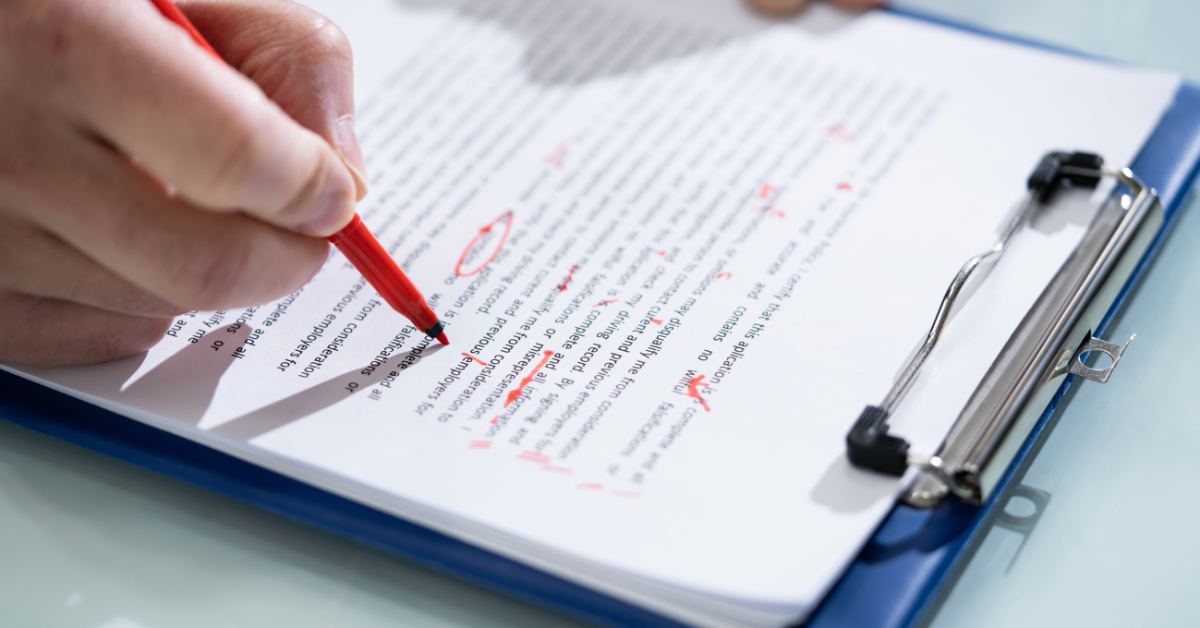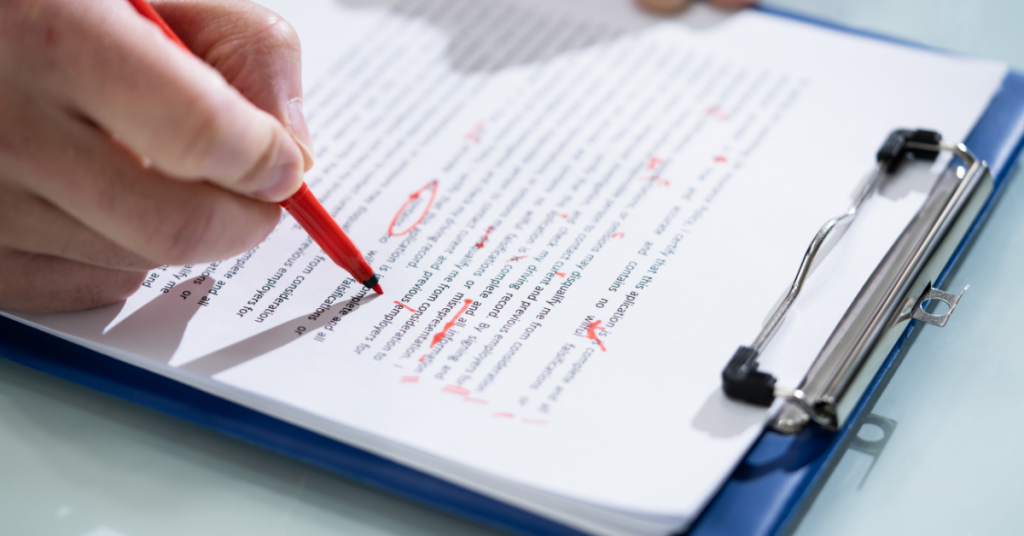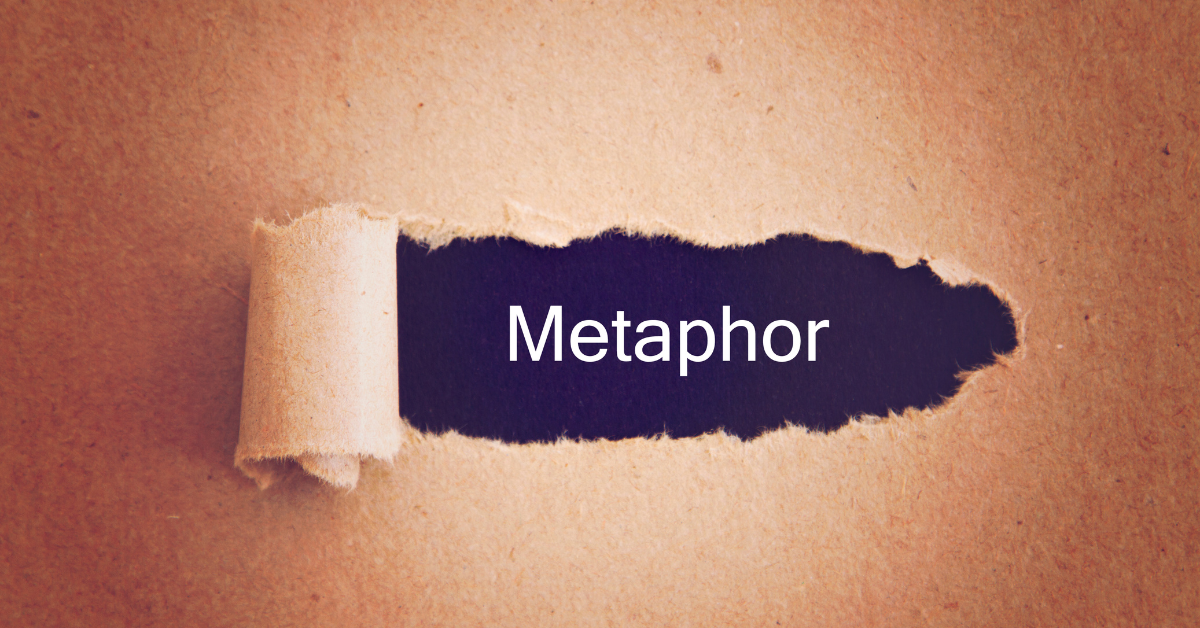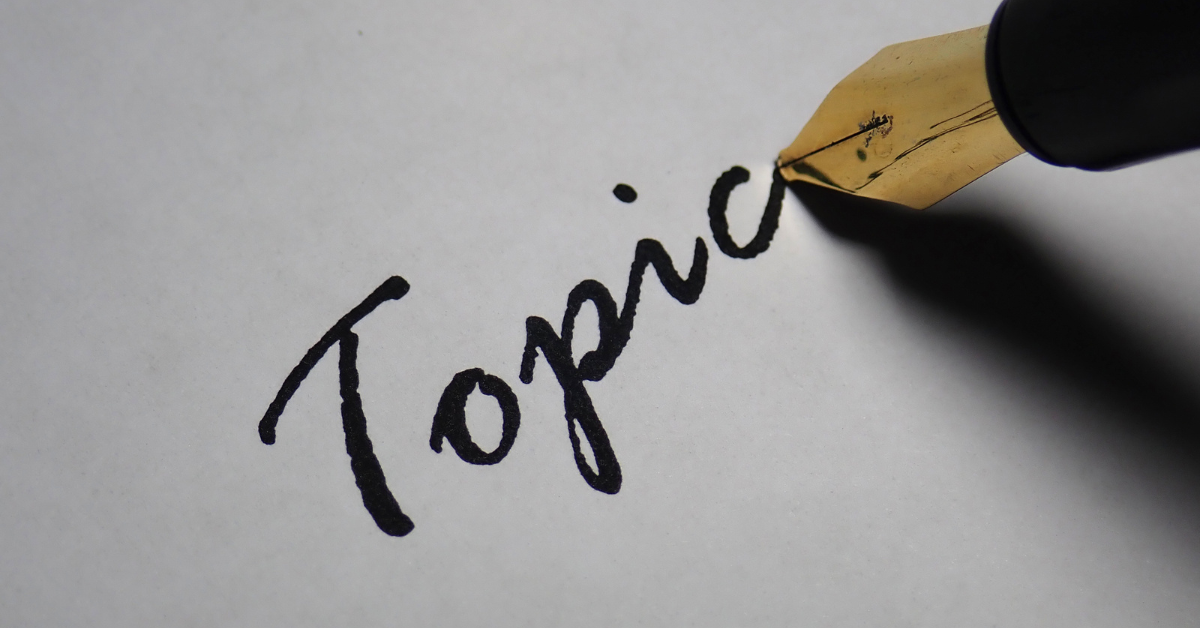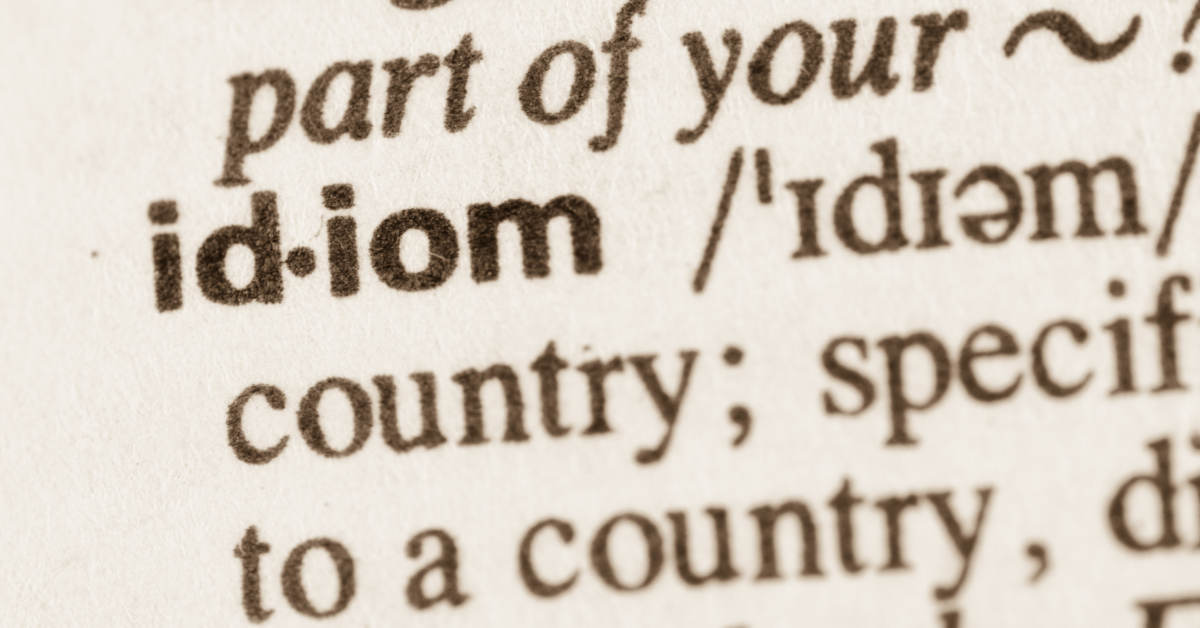In today’s fast-paced academic and professional environments, the ability to communicate effectively through written documents is more critical than ever. Whether you’re a student crafting an essay or a working professional drafting a report, the quality of your writing can significantly impact your success. One essential aspect of writing that often gets overlooked is paper editing. In this blog post, we’ll explore the importance of paper editing for both students and professionals, while also introducing how services like those offered by Essay24.com can help enhance your writing.
What is Paper Editing?
Paper editing is the process of reviewing and revising a written document to improve its clarity, coherence, and overall quality. It goes beyond simple proofreading—correcting typos and grammatical errors—to involve a comprehensive evaluation of the content, structure, and style of the paper. This process includes checking for logical flow, ensuring proper formatting, and verifying that arguments are supported by evidence.
Why is Paper Editing Important?
For Students
- Improved Academic Performance Students often face strict grading criteria, and a well-edited paper can make a significant difference in the evaluation. By refining their arguments and enhancing clarity, students can effectively convey their ideas, leading to higher grades. A polished paper reflects the effort and attention to detail that educators value.
- Mastering Writing Skills Engaging in the editing process teaches students valuable writing skills. By critically reviewing their work, students learn to identify their common mistakes, understand effective writing techniques, and develop their unique voice. Over time, this practice enhances their overall writing ability, preparing them for future academic and professional endeavors.
- Confidence Building Submitting a well-edited paper instills confidence in students. Knowing that their work has been thoroughly reviewed and improved allows them to present their ideas more assertively. This confidence can positively influence their participation in class discussions and presentations.
- Time Management Editing a paper can also serve as a time management tool. By allocating specific time for editing, students can better organize their schedules and avoid last-minute scrambles. Efficient editing can save time in the long run, as it minimizes the need for major revisions later on.
For Working Professionals
- Enhanced Professional Image In the business world, written communication often shapes first impressions. A well-edited report, proposal, or email demonstrates professionalism and attention to detail. It signals to colleagues, clients, and superiors that the writer takes their work seriously and values effective communication.
- Clarity and Persuasiveness Professionals frequently need to persuade stakeholders or convey complex information. Effective editing ensures that the message is clear and concise, which can be pivotal in influencing decisions. A carefully crafted document can sway opinions and drive successful outcomes.
- Reduced Miscommunication Misunderstandings in written communication can lead to costly mistakes. By editing for clarity, professionals can minimize the risk of misinterpretation. This is particularly important in industries where precise language is critical, such as law, medicine, and technical fields.
- Career Advancement The ability to produce high-quality written documents can set professionals apart from their peers. Strong writing and editing skills can lead to greater visibility in the workplace, enhancing opportunities for promotions and career advancement.
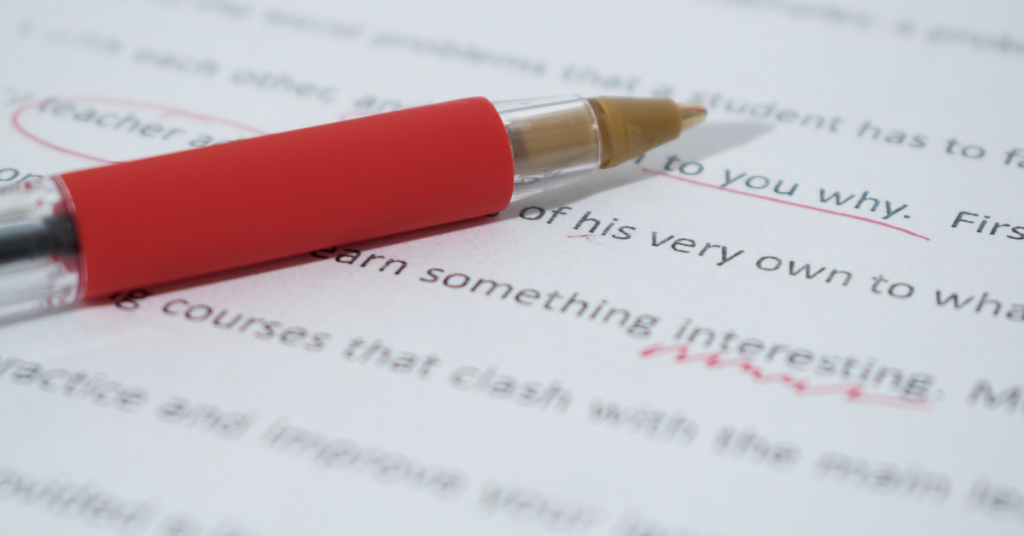
The Editing Process
Understanding the editing process can help students and professionals appreciate its importance. Here’s a general overview of the steps involved in effective paper editing:
1. Content Review
Begin by assessing the overall content. Does the paper address the topic effectively? Are the arguments supported by credible evidence? This stage involves asking critical questions and ensuring that the main ideas are clear and well-developed.
2. Structural Evaluation
Examine the structure of the document. Is there a logical flow from one section to another? Are paragraphs well-organized and cohesive? A strong structure is essential for guiding the reader through the document.
3. Style and Tone
Consider the writing style and tone. Is the language appropriate for the intended audience? Adjustments may be necessary to ensure that the tone aligns with the purpose of the document, whether it be formal, persuasive, or informative.
4. Proofreading
Finally, conduct a thorough proofreading to catch grammatical errors, spelling mistakes, and formatting inconsistencies. This step is crucial for presenting a polished final product.
The Role of Professional Editing Services
While many individuals attempt to edit their work independently, the benefits of professional editing services cannot be overstated. Here’s how services like essay24.com can help:
1. Expertise and Experience
Professional editors possess the expertise and experience necessary to identify issues that may go unnoticed by the original writer. They bring a fresh perspective and a keen eye for detail, ensuring that your paper meets high standards.
2. Time-Saving
For busy students and professionals, time is often a luxury. Engaging a professional editing service allows individuals to focus on other essential tasks while knowing that their writing is in capable hands. This can lead to greater productivity overall.
3. Tailored Feedback
Professional editing services offer personalized feedback tailored to the specific needs of the client. This feedback can guide improvements not just for the current document but also for future writing projects.
4. Confidence in Submission
Using a professional editing service can instill confidence when submitting a paper or report. Knowing that the document has been thoroughly reviewed and polished provides peace of mind, allowing the writer to focus on their presentation or defense.
Final Thoughts
Paper editing is an essential process for both students and working professionals. It enhances the quality of written communication, builds confidence, and contributes to academic and professional success. Whether you’re drafting a research paper, preparing a business proposal, or writing an email, taking the time to edit your work is crucial.
For those looking to elevate their writing, Essay24.com offers professional editing services designed to help you achieve your goals. With a team of experienced editors, Essay24’s services can assist you in refining your work, ensuring that it is clear, coherent, and compelling. Don’t underestimate the power of a well-edited paper—invest in your writing today and see the difference it can make in your academic and professional journey.
Need help with another type of writing task? Essay24 offers a plethora of other services. Check out our list of offerings here.
